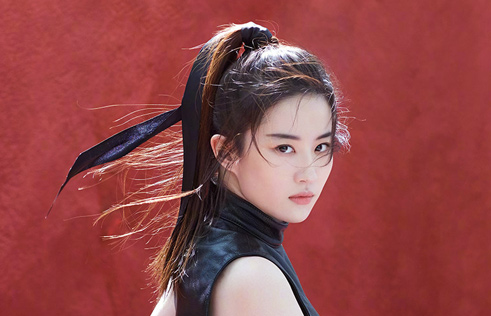A night's stay in the 13th century
By Junko Fujita In Eiheiji, Japan Reuters ( China Daily ) Updated: 2015-12-19 07:51:56
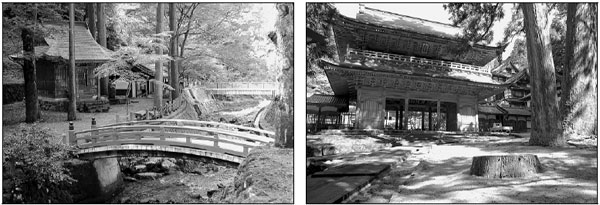 |
|
From left: Bridges over the Eiheiji river; Sanmon gate, or the main gate to Eiheiji temple.[Photos By Junko Fujita / Reuters] |
At mealtimes, you can smell food as the monks carry their meals from the kitchen building, called daikuin, to their training quarters called sodo. A monk lets his colleagues know the food is ready by ringing a bell that is actually a large piece of wood curved in the shape of a fish.
Monks keep their own lacquered dishes and cutlery. Their founding monk Dogen did not allow his followers to waste water, so after each meal, they rinse the bowls with hot water, drink the water and clean the bowls with a cloth-topped stick.
Meals are all vegetarian dishes known as shojin ryori, derived from the dietary restrictions of Buddhist monks. The meal is served in a set of five lacquer bowls in different sizes that can be stacked together when not in use.
The day's dinner may consist of a bowl of rice and miso soup, along with stewed vegetable and fried tofu, daikon and carrots marinated in vinegar as well as a dish with eggplants marinated with sesame.
Eiheiji's special sesame (goma) tofu, something like pudding made from sesame paste, water and kuzu power, is also served.
Visitors who stay overnight eat the same meal as the monks but during the meal, they are not allowed to talk or make sounds. When you finish, tea is poured into your cup and you dip chopsticks in it to wash them. You will use the same chopsticks for breakfast.
Visitors stay in a modern building, called kichijokaku and are given a room with tatami mats, a futon and a table, but there are no amenities like television sets or mini-bars.
After a dinner that ends before 6 p.m., visitors may take part in zazen. For this you sit with crossed legs on a zafu, or cushion, while you look down at the floor at a 45-degree angle, take a deep and slow breath and meditate.
You face the wall when you take part in Soto School's zazen. If you cannot concentrate, a monk walking around could hit your shoulder with a wooden stick called a kyosaku.
In the morning, visitors may join the reading of scripture that starts a little before 4 am. The sun emerges in the quietness of the temple and trees gradually gleam with light. The whole experience ends after breakfast.
|
|
|
|
|
|
|
|






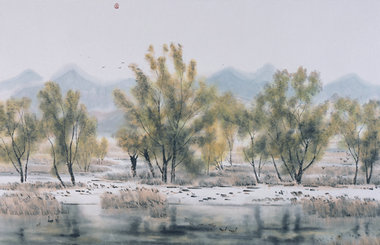
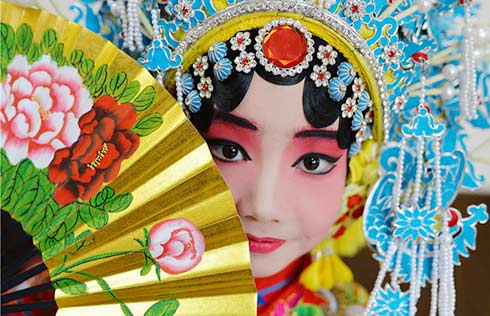

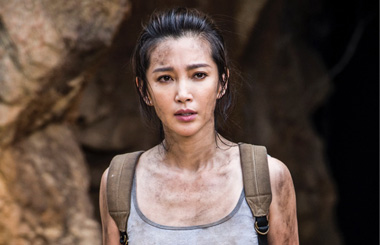




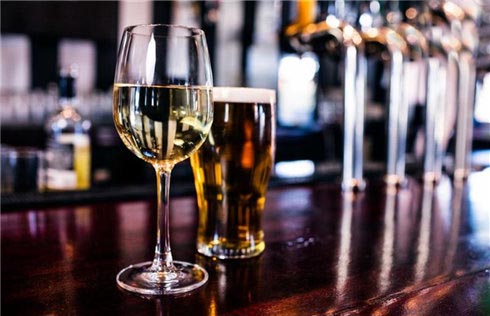

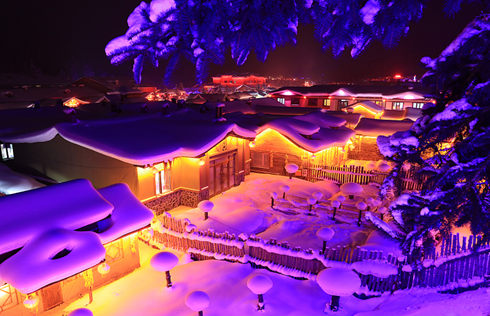
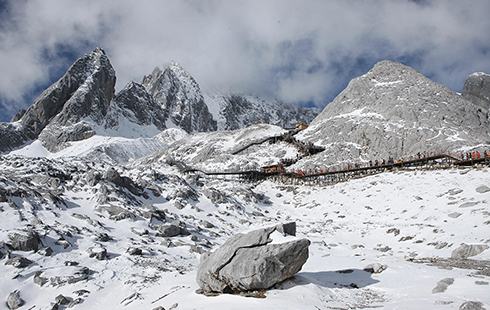







 Raymond Zhou:
Raymond Zhou: Pauline D Loh:
Pauline D Loh: Hot Pot
Hot Pot Eco China
Eco China China Dream
China Dream China Face
China Face


